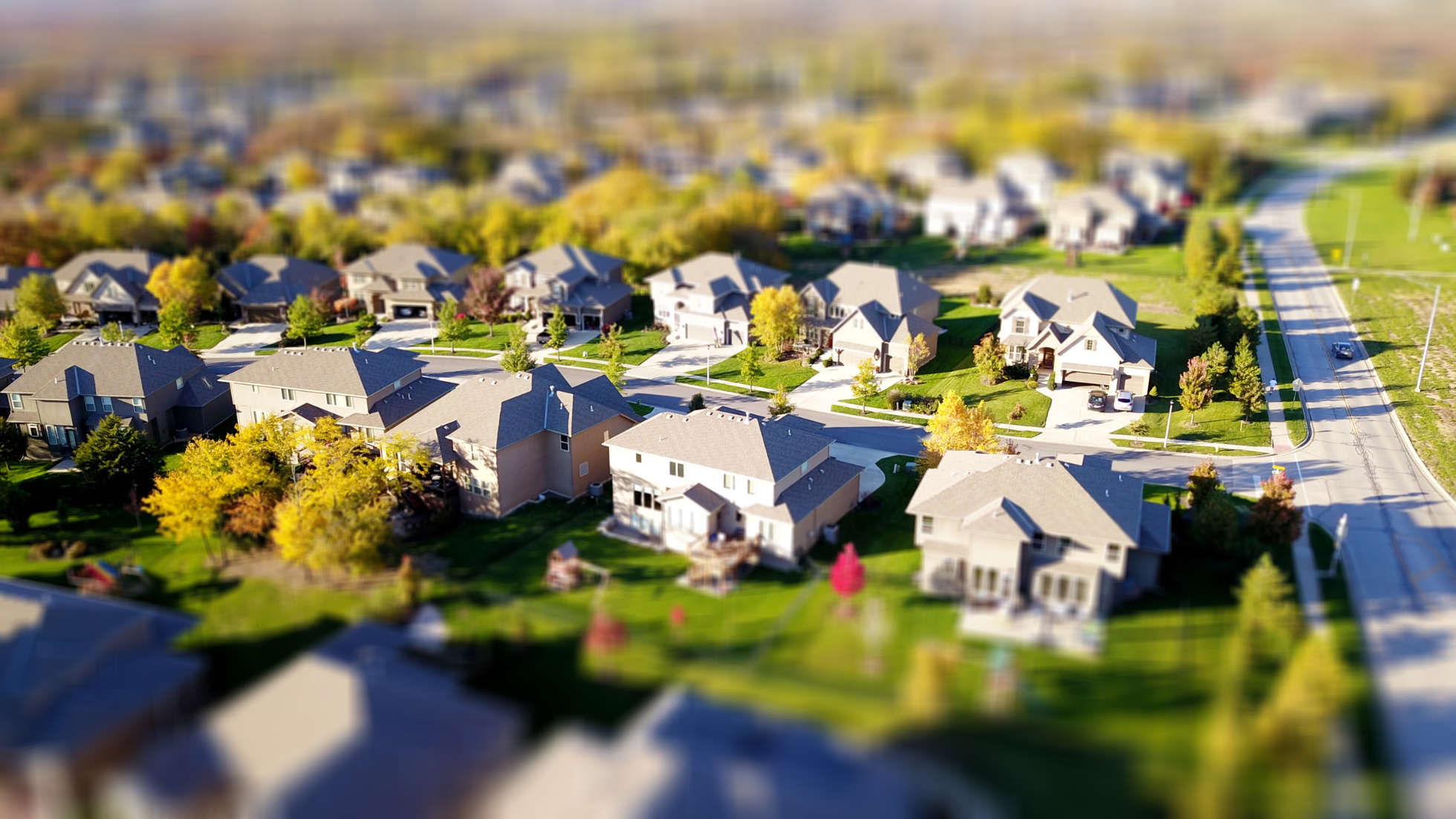The shift toward remote work is having a lasting impact on where people choose to live, and the trend shows no signs of slowing down in 2024. This new wave of “Suburban Migration 2.0” is leading more homebuyers to consider areas that offer more space, affordability, and quality of life over proximity to a big city. If you’re a buyer or seller, understanding these changes can help you make informed decisions that align with current market dynamics.
Why Are Buyers Moving to the Suburbs Again?

With remote and hybrid work options still prevalent, more buyers are prioritizing space over the convenience of a quick city commute. Larger homes, bigger yards, and a sense of community are becoming essential for buyers looking to build a lifestyle outside crowded urban environments. This shift is driving home prices up in suburban areas, but many buyers find that these areas still offer better value for their money compared to city properties.
The appeal extends to quality-of-life features like lower crime rates, access to green spaces, and community-centric amenities such as parks and local shopping areas. Families especially appreciate that suburban living often provides access to well-rated school districts—a big factor driving relocation choices.
Growth of “Work-from-Home-Friendly” Features

Since the pandemic, buyers have also been actively seeking homes with features conducive to remote work. In suburban homes, offices, or bonus rooms that can be converted into workspaces are now must-haves. Open and flexible layouts that allow for a home office, gym, or even a designated children’s play area are especially popular.
For real estate agents and sellers, highlighting these features in property listings can make a big difference in attracting remote workers looking for functional space.
How Suburban Migration Affects Real Estate Pricing

While suburbs are experiencing increased demand, the effect on home prices is variable. Some suburban markets are seeing rapid price increases, while others have more stable price growth, depending on factors like location, amenities, and proximity to urban areas. Buyers should be aware of how these variables might impact their investment in the coming years.
Considerations for Buyers and Sellers

If you’re a buyer looking to settle down in a suburban community, focus on locations that offer long-term value—such as proximity to developing infrastructure, access to recreational areas, and good schools. Sellers, on the other hand, should consider staging homes to emphasize flexible workspaces, spacious backyards, and other family-friendly features that align with this trend.
Suburban Migration 2.0 is shaping the future of real estate as remote workers prioritize spacious, community-oriented living over the hustle and bustle of city life. For buyers, it’s a chance to explore affordable, spacious options. For sellers, it’s an opportunity to attract motivated buyers by emphasizing home features that cater to today’s flexible lifestyle.


